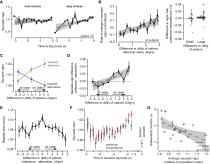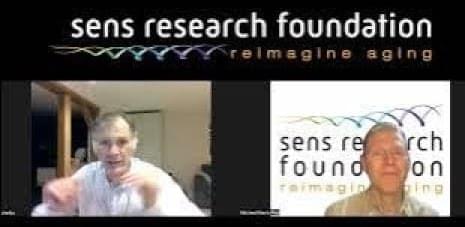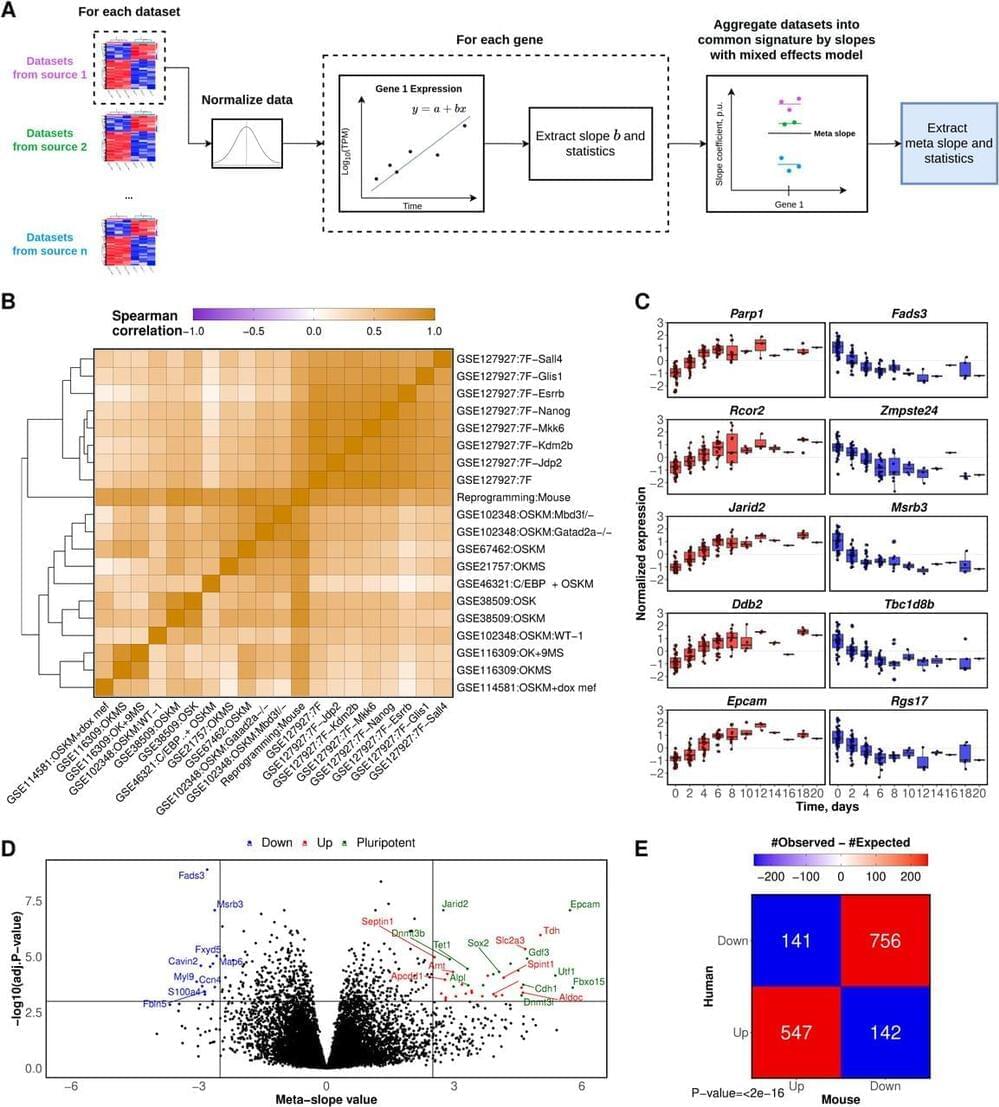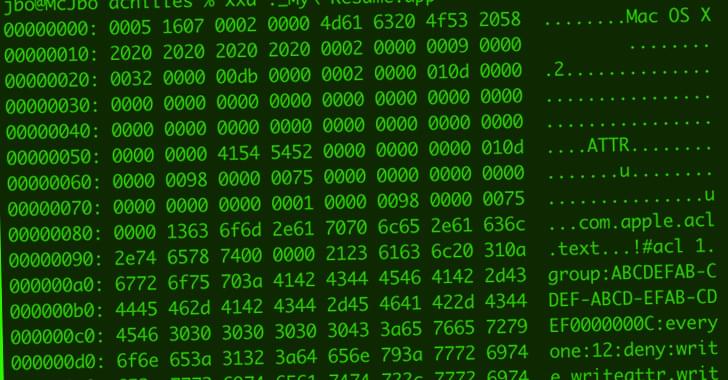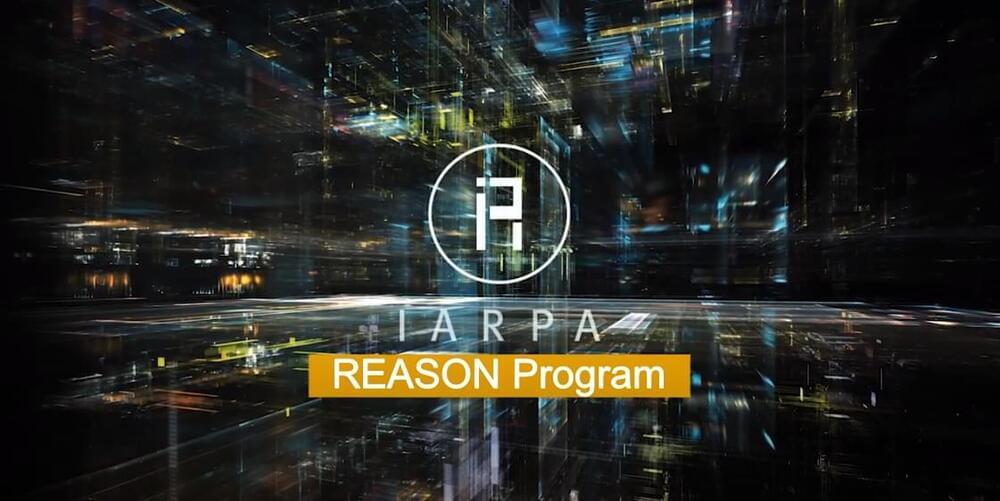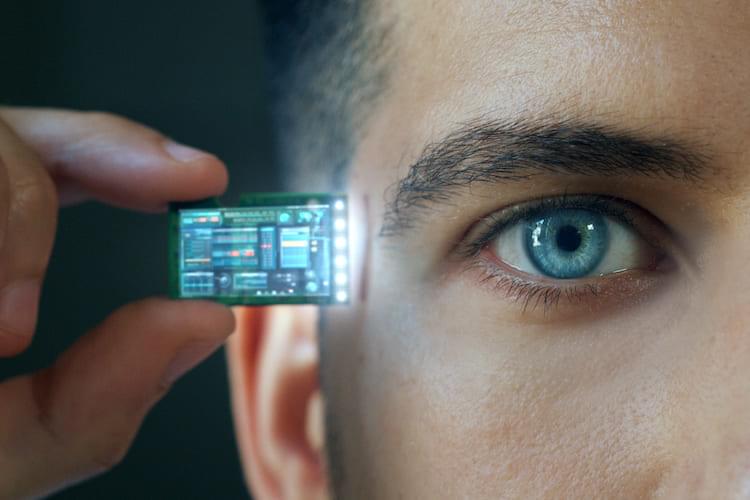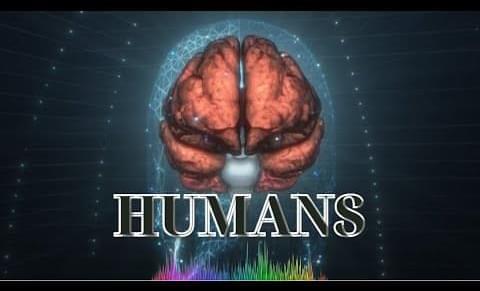Dec 20, 2022
Saccade vigor reflects the rise of decision variables during deliberation
Posted by Saúl Morales Rodriguéz in category: neuroscience
During deliberation, as we quietly consider our options, the neural activities representing the decision variables that reflect the goodness of each option rise in various regions of the cerebral cortex.1,2,3,4,5,6,7 If the options are depicted visually, we make saccades, focusing gaze on each option. Do the kinematics of these saccades reflect the state of the decision variables? To test this idea, we engaged human participants in a decision-making task in which they considered two effortful options that required walking across various distances and inclines. As they deliberated, they made saccades between the symbolic representations of their options. These deliberation period saccades had no bearing on the effort they would later expend, yet saccade velocities increased gradually and differentially: the rate of rise was faster for saccades toward the option that they later indicated as their choice. Indeed, the rate of rise encoded the difference in the subjective value of the two options. Importantly, the participants did not reveal their choice at the conclusion of deliberation, but rather waited during a delay period, and finally expressed their choice by making another saccade. Remarkably, vigor for this saccade dropped to baseline and no longer encoded subjective value. Thus, saccade vigor appeared to provide a real-time window to the otherwise hidden process of option evaluation during deliberation.
